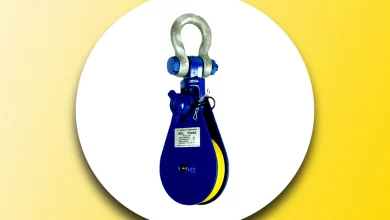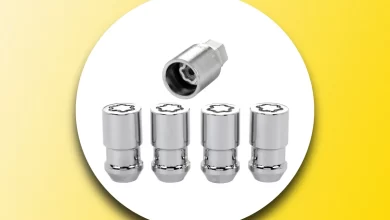Accessories
-

How do snatch blocks work?
Snatch blocks, often regarded as unsung heroes in rigging and hoisting operations, play a pivotal role in the world of heavy lifting and pulling. These unassuming mechanical devices are designed to change the direction of force and enhance mechanical advantage, making it easier to handle heavy loads with precision and efficiency. At their core, snatch blocks consist of a grooved wheel, known as a sheave, mounted within a sturdy frame. The sheave guides ropes, cables, or chains while minimizing friction, allowing for smooth and controlled movement. This ingenious mechanism works by altering the path of the rope or cable, ensuring that tension is maintained throughout the operation. One of the primary benefits of snatch blocks is their ability to provide mechanical advantage. A single snatch block can offer a 2:1 mechanical advantage, meaning you can lift a load twice as heavy with the same amount of force. For heavier tasks, double snatch blocks come into play, providing an impressive 4:1 mechanical advantage. This increase in mechanical advantage empowers operators to tackle substantial loads while minimizing physical exertion. Intricately woven into industries such as construction, forestry, maritime, and rescue operations, snatch blocks are essential tools for redirecting force, changing load directions,…
-

How Do Wheel Spacers Work?
Wheel spacers, often underestimated yet profoundly impactful, are a hidden gem in the realm of automotive customization. These unassuming components play a pivotal role in enhancing your vehicle's performance, stability, and visual appeal. But how do wheel spacers work their magic? At their core, wheel spacers are precision-engineered discs or blocks that create space between your vehicle's wheel and its hub assembly. This seemingly minor adjustment, altering the offset and widening the track width, has a ripple effect on your driving experience. Handling becomes more responsive, stability is heightened, and the aesthetics of your vehicle take on a sportier and more aggressive stance. Wheel spacers offer not only a visual transformation but also practical advantages that can greatly impact your driving dynamics. Installation of wheel spacers can be a DIY project for those with mechanical aptitude, but it's imperative to adhere to the manufacturer's guidelines and torque specifications. These components can be constructed from high-quality materials like aluminum or steel, ensuring durability and longevity. Furthermore, wheel spacers grant the added benefit of creating clearance for larger brake and suspension components, accommodating upgrades that can further elevate your vehicle's performance. In conclusion, understanding how wheel spacers work is the first step…
-

How Do Wheel Locks Work?
In the world of automotive security, one often encounters an inconspicuous yet powerful guardian known as the wheel lock. These unassuming devices, also referred to as wheel clamps or tire locks, play a pivotal role in deterring vehicle theft and safeguarding your valuable investment. But how exactly do wheel locks work? At their core, wheel locks are ingeniously designed security mechanisms aimed at immobilizing a vehicle by preventing the rotation of one or more of its wheels. This is achieved through the application of a sturdy metal clamp that wraps securely around the tire. The clamp, typically constructed from tamper-resistant materials like hardened steel, forms an unyielding barrier, rendering the wheel motionless. It's this immobilization that stands as the primary defense against theft. The operation of a wheel lock is a straightforward yet highly effective process. To secure your vehicle, you position the clamp around the tire you wish to protect, ensuring a snug fit that leaves no room for wheel movement. Once in place, a unique key is inserted into the lock's mechanism and turned, securing the clamp in its closed position. This act of locking the wheel inhibits any rotation, making it exceedingly difficult for a potential thief…